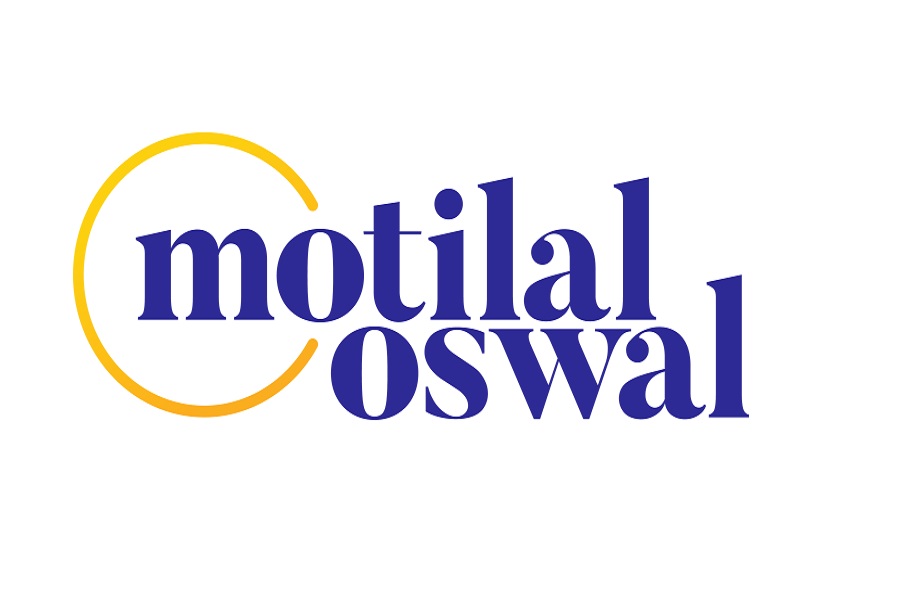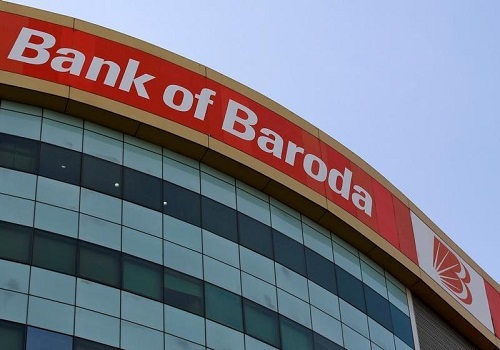Affordable Housing Finance Companies : Building a profitable future By Centrum Broking

We initiate coverage on three Afforable Housing Finance Companies (AHFCs) viz., Aavas Financiers (TP Rs 2070), Aptus Value Housing Finance (TP Rs 380) and Home First Finance (TP Rs 1130) with a BUY rating. Affordable Housing Finance is a multiyear growth opportunity. The AHFCs have registered 5-yr AUM CAGR in the range of 28% to 40% with RoA’s>3.5% and low credit costs (0.2%-0.5% 5-yr avg). The underwriting practices have stood the test of covid with minimal write-offs despite lending to informal customer segment. Competition from large banks/ NBFCs is at bay due to (i) Branch/people intensive business model (ii) customer cashflow based income assessment, low ATS (between 0.8mn-1.1mn) and understanding of local nuances. Yields across players have remained strong and healthy across cycles while Cost of Funding has been in control due to NHB borrowings. PPOP/Assets have remained strong in the range of 4.6% to 10.7% despite opex intensive business. The AHFC’s are well capitalized to support growth over next few years. Higher leverage may impact RoA however improve RoE profile. We build in avg RoE at 15.3%/18.6%/15.9% for Aavas, Aptus & Home First for FY24-26E, respectively.
Growth outlook strong
It is a well-recognized fact that housing finance is a secular growth story in India. Affordable Housing Finance emerge stronger as it provides strong growth runway due to lower competition given the customer profile (informal income and low ATS) and operation intensive nature of business. AHFCs that we cover have market share of less than 2-3% in the geographies that they operate suggesting a strong growth potential through further penetration. Our study of CMI data published by CIBIL Transunion suggests some slowdown in Home Loan enquiry volumes in Dec’22 & Mar’23 likely due to rise in benchmark repo rates. However, demand from customers in affordable housing is relatively less elastic. We build in 22% -30% AUM growth CAGR over FY23-26E driven by (i) addition of 25-30 branches each year; (ii) higher ATS and (iii) improved productivity.
Asset Quality pristine despite multiple headwinds over the last few years
AHFCs have faced multiple challenges in the form of slow economic growth, NBFC liquidity crisis and covid 19 over the last few years. However, write-offs have been controlled due to strong underwriting practices, granular book, and low LTVs in the underlying property. Credit costs remained below 0.8% during covid and has now reverted to pre-covid levels for Aavas and Home First. Exposure to developer finance has been minimal (only Home First) and is running down.
RoE’s set to increase as leverage improves
AHFCs enjoys strong yields due to limited competition while CoF have remained under check due to low cost NHB borrowings (~20% of borrowings mix). Despite higher opex, PPOP/Avg. Assets has remained strong (4.6% to 10.7%) for companies under our coverage. These alongside low loan loss provisions supported AHFCs to report RoA’s in the range of 3.5% to 7.8%. However, RoE’s remained from low to mid-teens due to low leverage. We build in avg RoE at 15.3%/18.6%/15.9% for Aavas, Aptus & Home First for FY24E-26E as leverage improves. We expect earnings CAGR of 22%-25% for these companies over FY23-26E. The AHFCs are well capitalized with Tier I capital in the range of 46% to 77%, suggesting remote dilution probability in near to mid-term.
Valuations premium to sustain for strong AUM and earnings growth
AHFCs are trading a FY25E P/ABV in the range of 3.0x to 3.3x, for 22%-30% AUM CAGR and 20%-26% earnings CAGR over FY23-26E. We value Aavas/Aptus/Home First at 3.5x/4.0x/4.0x P/ABV multiple (H1FY26E) to arrive at our Target Price of Rs 2070/ Rs 380/ Rs 1130, respectively. Home First remains our preferred pick due to lean business model, strong growth outlook, levers available to maintain NIMs, controlled opex, expectation of low credit costs and continuity in senior management. Risk – High PE stake across covered AHFCs, geography specific risk, increase in competition, high inflation and economic slowdown affecting customer cashflows.
Above views are of the author and not of the website kindly read disclaimer
























